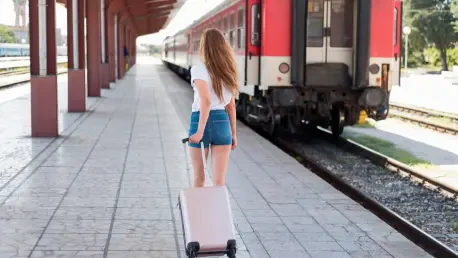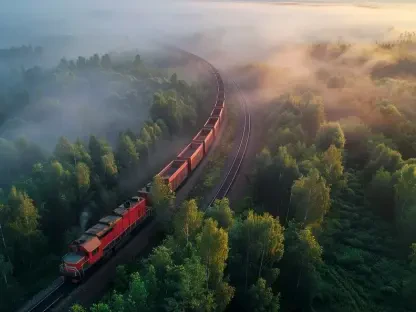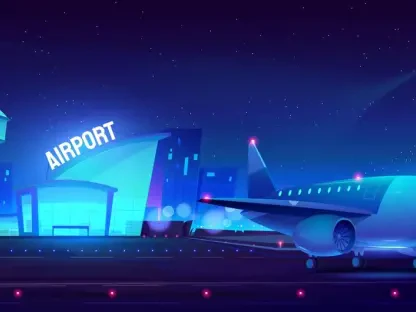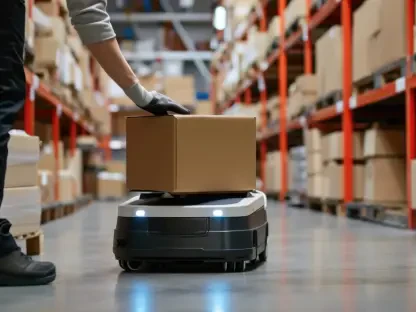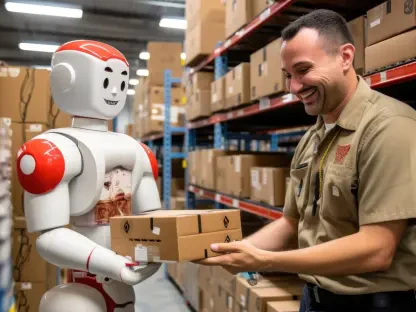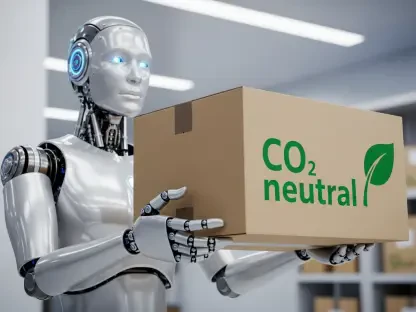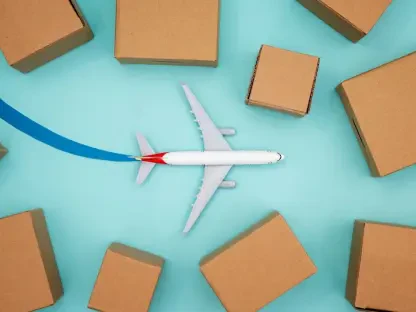I’m thrilled to sit down with Rohit Laila, a veteran in the logistics industry with decades of experience in supply chain and delivery systems. Rohit’s passion for integrating technology and innovation into transportation makes him the perfect person to discuss the future of rail systems, the challenges of modernizing critical infrastructure, and the evolving role of tech in logistics and transit. Today, we’ll explore his insights on transformative projects, the impact of emerging technologies, and how his extensive background shapes his vision for the industry.
Can you share your perspective on the importance of modernizing major transportation hubs like rail stations, and why such projects are critical in today’s landscape?
Absolutely. Modernizing transportation hubs, especially rail stations, is vital because they’re often the backbone of urban and intercity connectivity. These hubs handle millions of passengers and goods, so inefficiencies or outdated infrastructure can ripple out, causing delays and economic losses. Beyond that, today’s travelers expect safety, cleanliness, and clear navigation—standards that many older facilities struggle to meet. Projects like these aren’t just about upgrades; they’re about reimagining how we move people and goods in a way that’s sustainable and future-ready.
What do you see as the most pressing challenges when it comes to overhauling a busy rail facility while keeping it operational?
The biggest challenge is minimizing disruption. These stations are often in constant use, so you can’t just shut them down for a complete overhaul. You’ve got to phase the work, sometimes tackling small sections at a time, while ensuring passenger safety and maintaining service levels. It’s a balancing act—managing construction alongside daily operations requires meticulous planning, clear communication with stakeholders, and often, innovative solutions like temporary rerouting or off-peak work schedules. It’s tough, but with the right strategy, it’s doable.
How has your extensive experience in logistics and supply chain management influenced your approach to large-scale transportation projects?
My background in logistics has taught me the value of efficiency and integration. In supply chain, every link has to work seamlessly—delays in one area can derail the whole system. I bring that mindset to transportation projects, focusing on how each component, from infrastructure to technology, fits into the bigger picture. I’ve also learned the importance of data-driven decisions; in logistics, we rely heavily on analytics to optimize routes and predict demand, and I apply similar principles to ensure projects are both practical and forward-thinking.
In your view, how can technology play a transformative role in the future of rail systems and other transportation networks?
Technology is a game-changer for rail and transportation at large. Tools like AI can optimize scheduling and predict maintenance needs, reducing downtime and improving safety. Cybersecurity is also critical as systems become more connected—protecting data and infrastructure from threats is non-negotiable. Then there’s telematics and deep data analysis, which can enhance everything from passenger flow to energy efficiency. I believe we’re just scratching the surface; the potential for tech to make rail systems smarter and more reliable is enormous.
What lessons from your career in logistics do you think are most applicable to improving passenger experience in rail travel?
One key lesson from logistics is the importance of visibility and communication. In delivery systems, customers want to know where their package is at all times. Similarly, rail passengers need real-time updates on schedules, delays, and platform changes. Another takeaway is the focus on last-mile solutions—ensuring that once passengers arrive, their journey to the final destination is seamless. Applying customer-centric principles from logistics, like intuitive design and proactive problem-solving, can really elevate the passenger experience.
How do you see the balance between maintaining traditional rail operations and integrating cutting-edge innovations?
It’s all about finding harmony. Traditional rail operations have a proven track record of reliability, and you don’t want to throw that out the window. But clinging to old methods can hold you back from progress. The trick is to integrate innovations in a way that complements existing systems—start with pilot programs for new tech, gather feedback, and scale up gradually. It’s also crucial to train staff on these advancements so they’re not left behind. Blending the old with the new ensures stability while paving the way for growth.
What’s your forecast for the future of rail systems and transportation technology in the next decade?
I’m optimistic about the next decade. I think we’ll see rail systems become far more integrated with other modes of transport, creating truly multimodal networks where passengers and goods move seamlessly. Technology will drive this—think AI optimizing entire journeys, not just train schedules, or smart infrastructure that adapts in real-time to demand. Sustainability will also be a huge focus, with innovations in energy efficiency and low-emission tech becoming standard. It’s an exciting time, and I believe rail will play a central role in shaping how we think about mobility.
